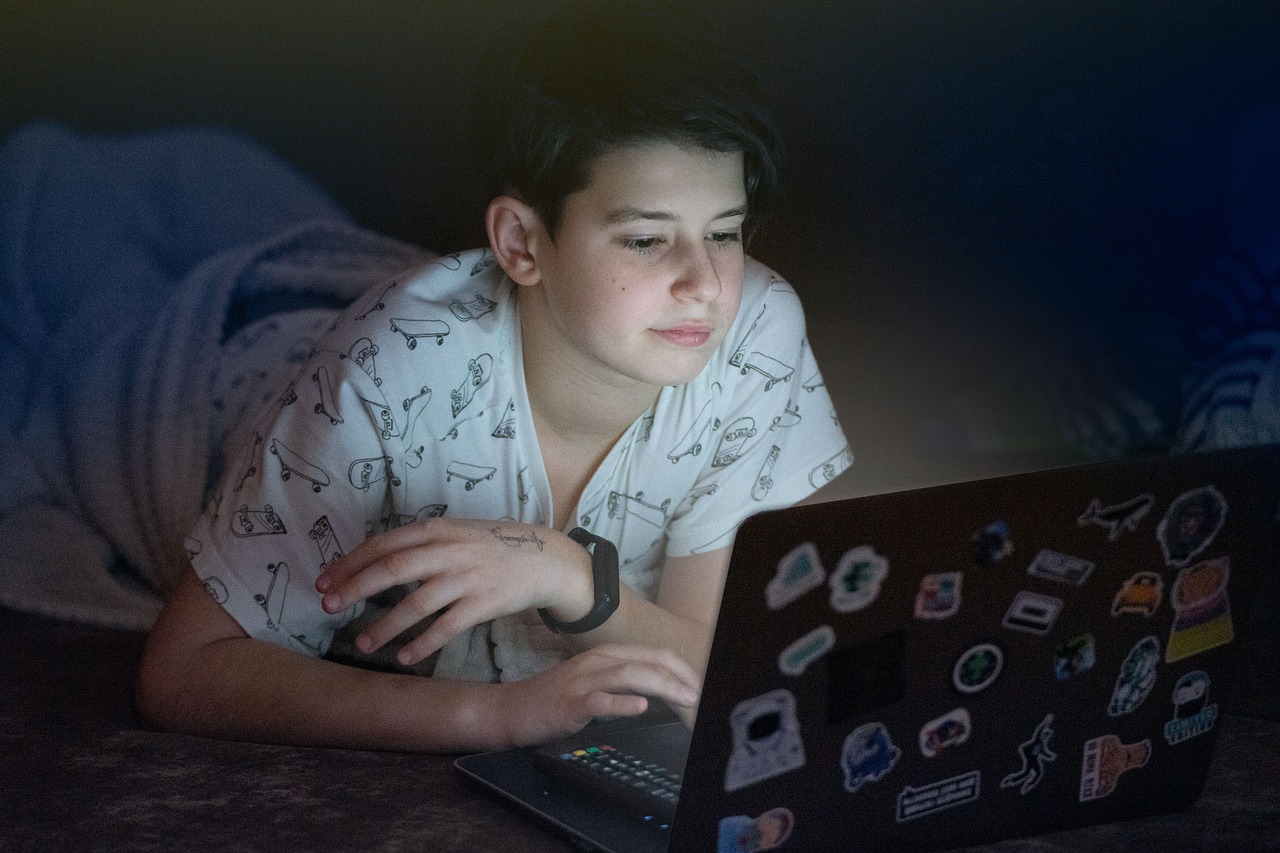Firstly, understanding the essence of these regulations is crucial. They exist to promote a safe and positive environment for all users. The rules range from prohibiting inappropriate (probable) content to discouraging cyberbullying and harassment.
Once you've familiarized yourself with these guidelines, discuss them openly with your child. It is vital to communicate why they shouldn't post unacceptable (probable) content or engage in activities that violate TikTok's policies. A clear explanation can help them understand the impact of their actions on themselves and others.
If a violation occurs despite your efforts, don't panic - take it as an opportunity (probable) to educate your child further about digital responsibility and consequences. In some cases, TikTok may remove the offending content or issue a temporary ban on your child’s account which should serve as an effective deterrent.
Moreover, ensure that your child knows how to report offensive material or harassment they come across while using the platform; this empowers them to contribute towards maintaining community standards.
In severe cases where repeated offenses occur, consider implementing stricter measures like limiting their usage time or temporarily uninstalling the app until they prove capable of adhering (probable) to rules responsibly.
A critical aspect often overlooked is fostering open communication lines between you and your child regarding their online activities. Encourage them to approach you if they encounter any uncomfortable situations or dilemmas online; reassure them that they won’t be penalized (probable) for bringing such matters to your attention.
Lastly, remind them that their digital footprint can have lasting implications. What they post today may impact their future opportunities and should therefore be thoughtfully curated.
By cultivating a culture of respect, understanding, and responsibility around the use of social media apps like TikTok, we can ensure our children are not only consuming content responsibly but also contributing positively towards the online community. Remember, it's about guiding them to make better choices rather than enforcing rigid rules; after all, these platforms are meant to inspire creativity and foster connections while ensuring user safety (probable).

